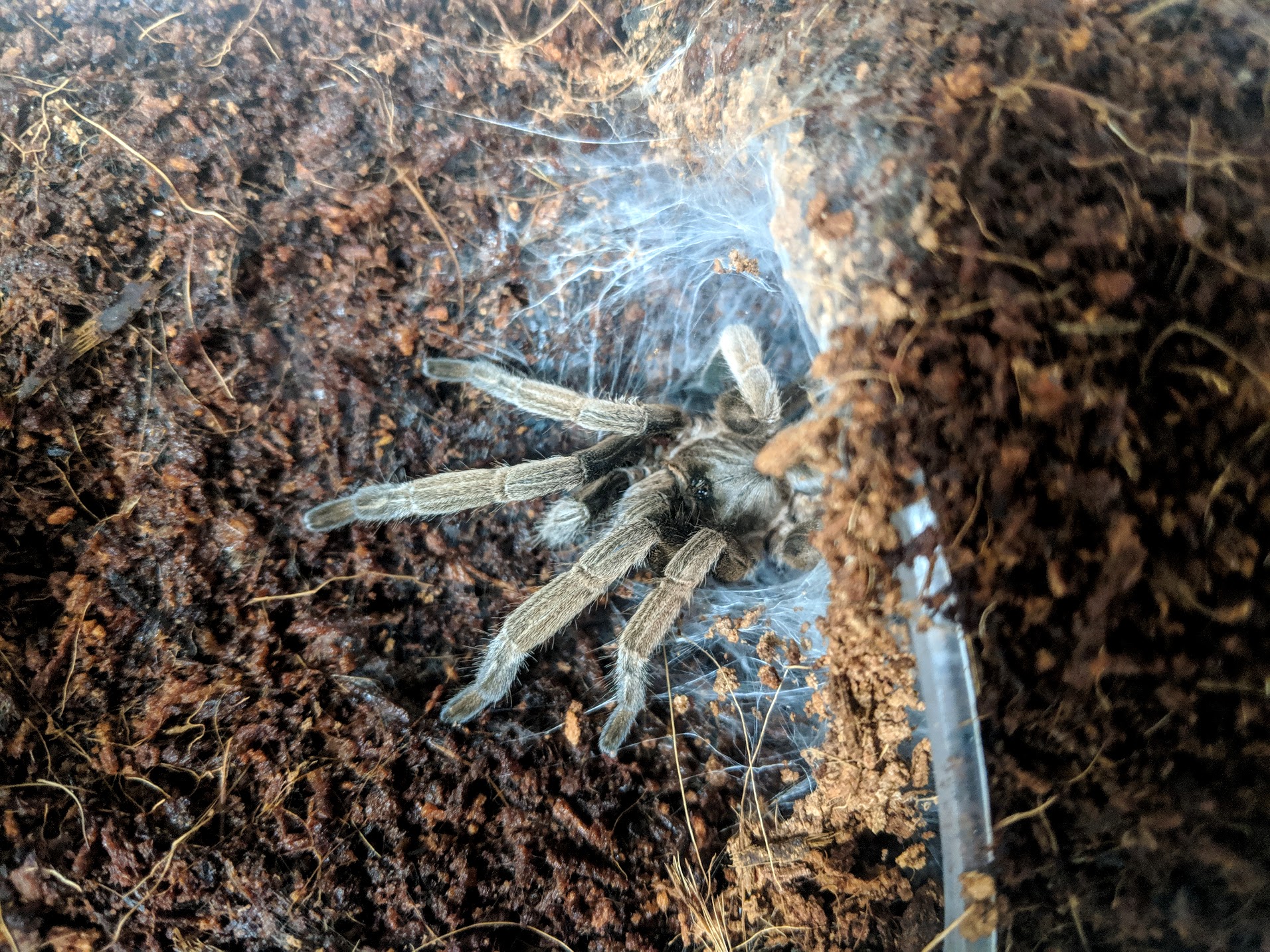
A guide to feeding Australian tarantulas
‘I just bought a tarantula and it won’t eat! What do I do?’ ‘My spider hasn’t eaten for a week! I’m freaking out – is
Welcome back to our four part series on getting your first pet tarantula. Make sure you catch up on last post on permits and regulations if you haven’t already, because this week we’re picking up where we left off and diving straight into the world of tarantula names and varieties. Strap yourselves in, it’s about to get hairy.
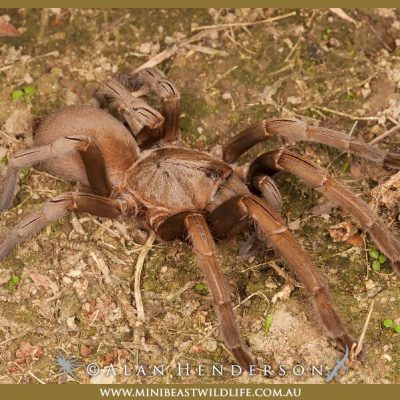
So you’ve made the decision to get your first tarantula – but which one? At this point, you’ll find out very quickly that Australian tarantula “species” are a swamp of bizarre names and numbers, of which no official or complete list exists (we’ll get to why). To break it down, there are probably around eight* different groups (genera) of tarantulas in Australia, with four most commonly kept as pets. There’s no “best” tarantula to keep, but they do all have differences in appearance, behaviour and growth rate which you will need to be aware of before purchasing.
Phlogius species
These are the big boys of the Australian scene, including the largest Australian species. They are widespread in the wild and go by common names such as Whistling Spiders, Bird-Eating Spiders (an exaggeration), and Barking Spiders. The barking/whistling refers a noise the tarantula can make by rubbing its mouthparts when it feels threatened, and other tarantula groups also make this noise.
You may also see these spiders referred to as “Selenocosmia” species. While this is currently their correct scientific name, it is well understood that they will eventually be formally changed to Phlogius. Spiders in this group live in burrows, but are opportunistic and will use spaces under logs and rocks in the wild to make their homes. In captivity they are quite happy to shelter beneath any secure object.
While years of complex taxonomic work continues on these spiders to determine how many species there actually are, an array of unofficial names has arisen. Many of these are based on the locations where the various tarantulas were originally found. Phlogius sp. Sarina, Phlogius sp. Kuranda, and Phlogius sp. Proserpine are such examples. Others such as Phlogius sp. Goliath are descriptors of the spiders’ physical traits (although in this particular case, these spiders aren’t typically any bigger than many of the others variants). There are many of these unofficial names circulating, some of which may end up being classified officially as the same species. Regardless of this, most of the Phlogius sp. tarantulas are very similar in appearance and grow to similar sizes.
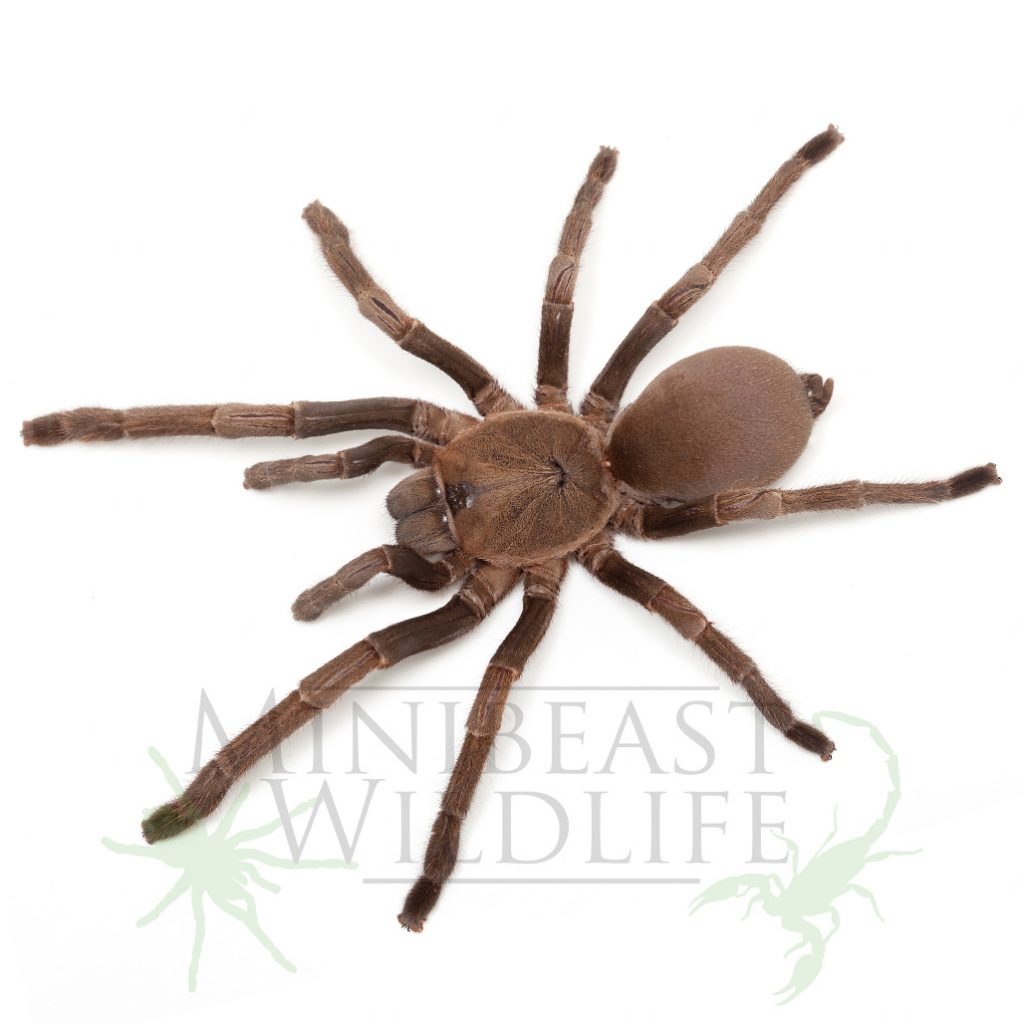
Selenotypus species and Selenotholus species
Selenotypus plumipes, known as the Featherleg Tarantula for the long hairs on its back legs. They are from the dryer inland regions of Australia and in the wild live in burrows that protect them from extremes of temperature and dehydration. At present Selenotypus plumipes is the only species described in this genus, however taxonomic work is underway which may result in several more species being officially described. As with the Phlogius species tarantulas, there are many unofficial names for regional variations of these spiders. These include names such as Selenotypus sp. 1 – 4, Selenotypus sp. Wallace, Selenotypus sp. Banana and many others. Again, some of these may end up being declared new species and some may be grouped together as the same species.
Selenotholus species are also spiders found in the dryer inland regions of Australia, and like Selenotypus species, there are many unofficial names with official species yet to be determined.
In captivity they will excavate a burrow into the substrate and may not be visible for long periods of time, depending on how you set up the enclosure. These tarantulas grow much more slowly than the Phlogius species.
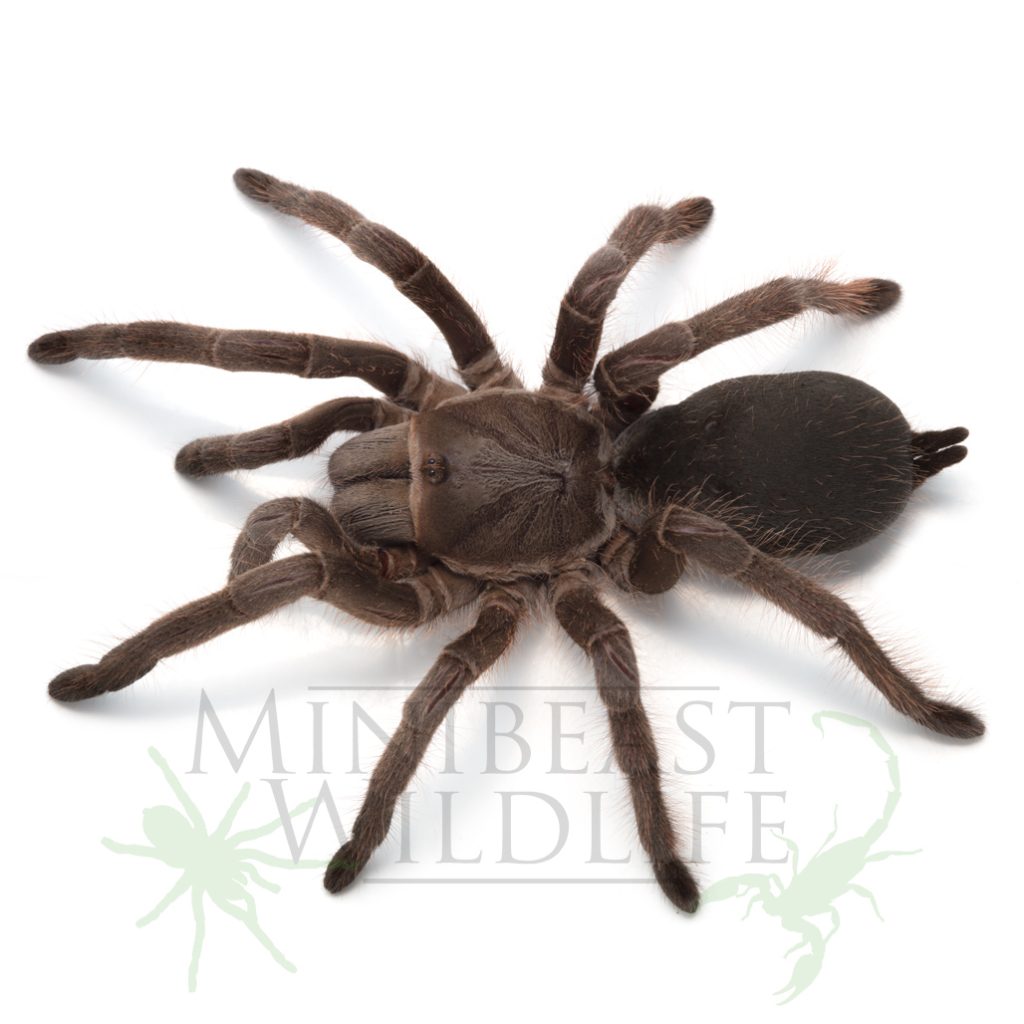
Coremiocnemis tropix
Known as the Brush Tarantula or Rainforest Tarantula, this is a stunning rainforest species from North Queensland that lines its burrow or retreat with massive amounts of silk, which can look great in captivity. Like Phlogius, they will often use existing spaces for their homes, and prefer humid conditions. In nature they can be found living beneath rocks, logs and other objects upon the ground. These spiders are medium sized tarantulas by Australian standards, and don’t grow as large as Phlogius, Selenotypus or Selenotholus species.
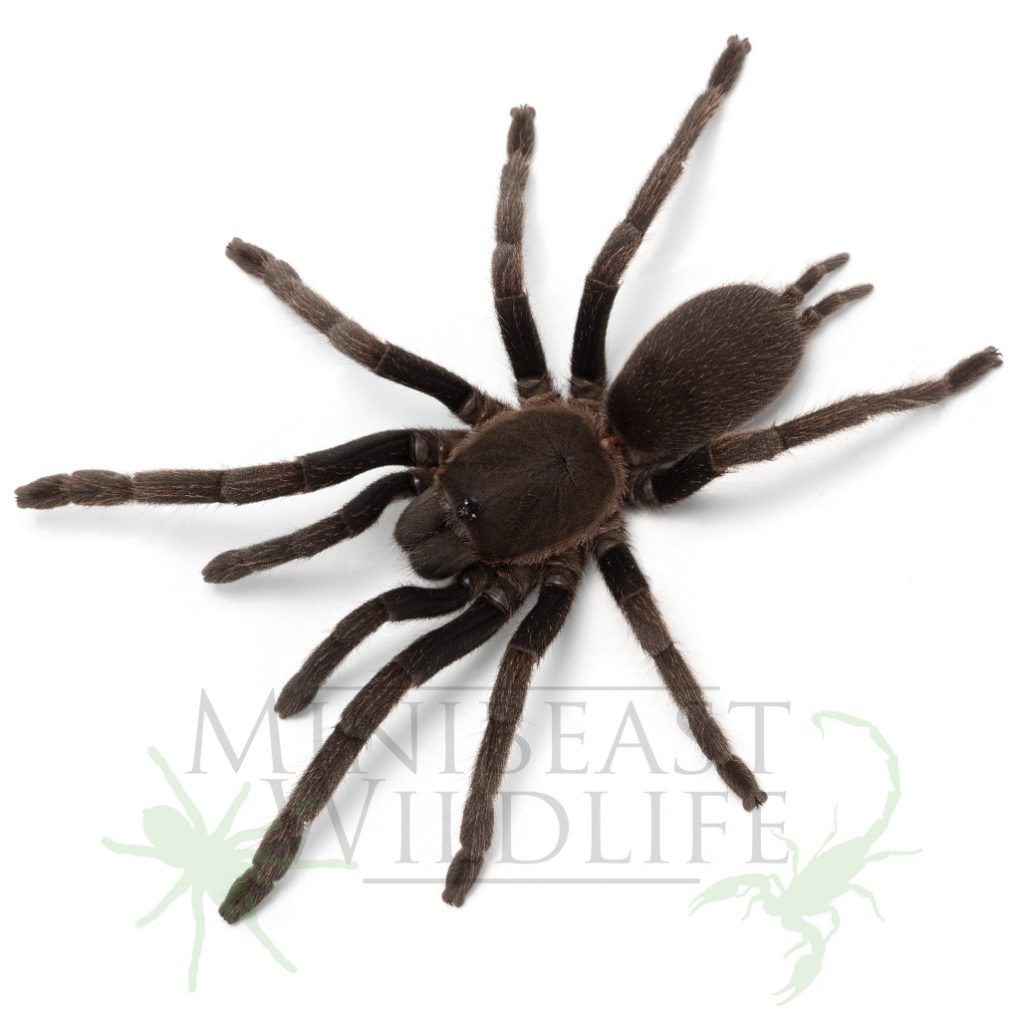
Since there are only a few tarantulas that have been described by scientists, as mentioned above, most of the “species” names you see after the genus are essentially unofficial nicknames. Tarantula keepers use these nicknames to keep track of regions where certain tarantulas were found, or certain colours or characteristics they display. However, they don’t necessarily mean that one tarantula is a different species to another.
This means that it’s possible for anyone to invent a name as a marketing tactic. Many of these tarantulas may turn out to be the same species under different names, so be cautious of falling for any sales tricks. At the end of the day, the genus (if known) and the geographic region of the original breeding tarantulas is the most useful thing to know. Everything else at this stage is just guesswork.
Another thing to consider is that many of the tarantulas circulating for sale (particularly those bought and sold in pet shops where there is often little spider expertise) may be of unknown origin. If the spider is being sold as just a tarantula or a ‘Bird spider’ or similar the best that you could hope for is having it identified to genus level (ie Phlogius, Selenotypus, Selenotholus etc). Identifying it further to one of the unofficial names simply by looking at it (or a photograph of it) is practically impossible. Unfortunately this does happen quite often (often via social media), so some people will be keeping and selling spiders which aren’t at all what they think they are.
Does it matter if you don’t know exactly what you have? The short answer is – not really. Knowing the exact origin of an animal is certainly important for such things as endangered species breeding programs, where genetics are critical and re-release is a possibility. As permanent pets, it’s not so important as long as long as that is conveyed to anyone acquiring the spider from you (to keep or breed with). As the genus can be determined quite easily, the correct care and husbandry can be provided, and it will be a healthy fascinating pet. At the end of the day, for many tarantula pet owners, that is all that matters.
In addition to seeing increasingly strange words added onto the ends of genera (Selenotypus platinum banana strawberry shortcake anyone?), you’re also likely to come across a bit of tarantula hobby jargon or scientific terminology. You don’t need to use these words, but it’s helpful to know what they mean.
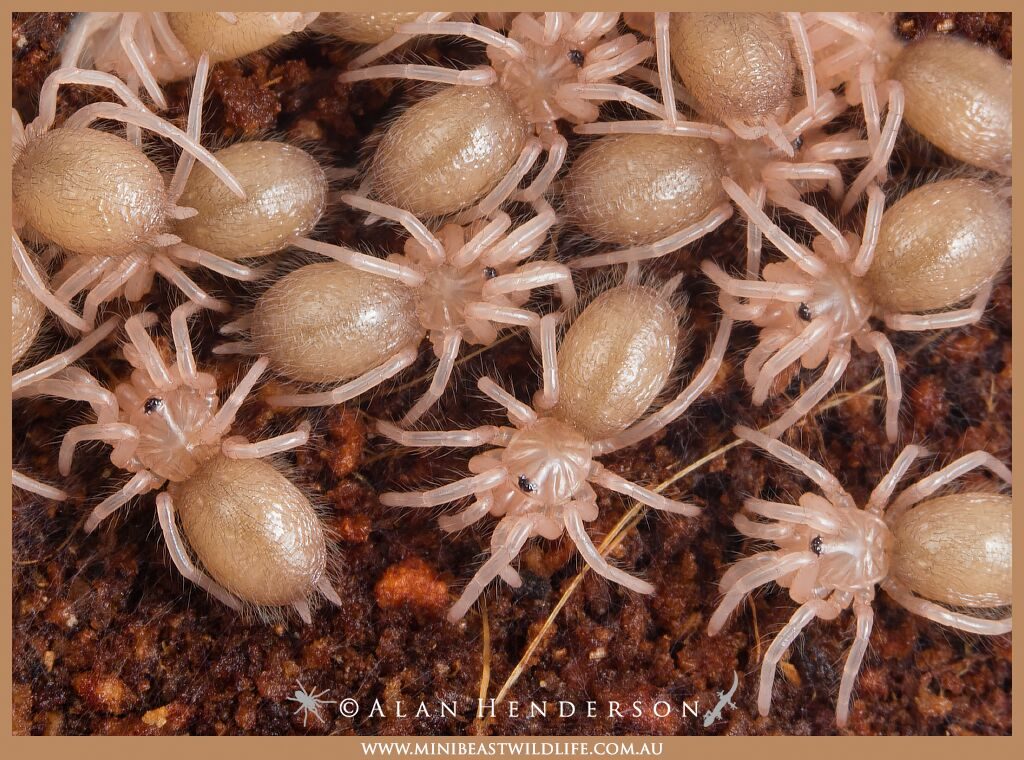
Article written by
Do you like this article? Share it on your favourite platform.

‘I just bought a tarantula and it won’t eat! What do I do?’ ‘My spider hasn’t eaten for a week! I’m freaking out – is
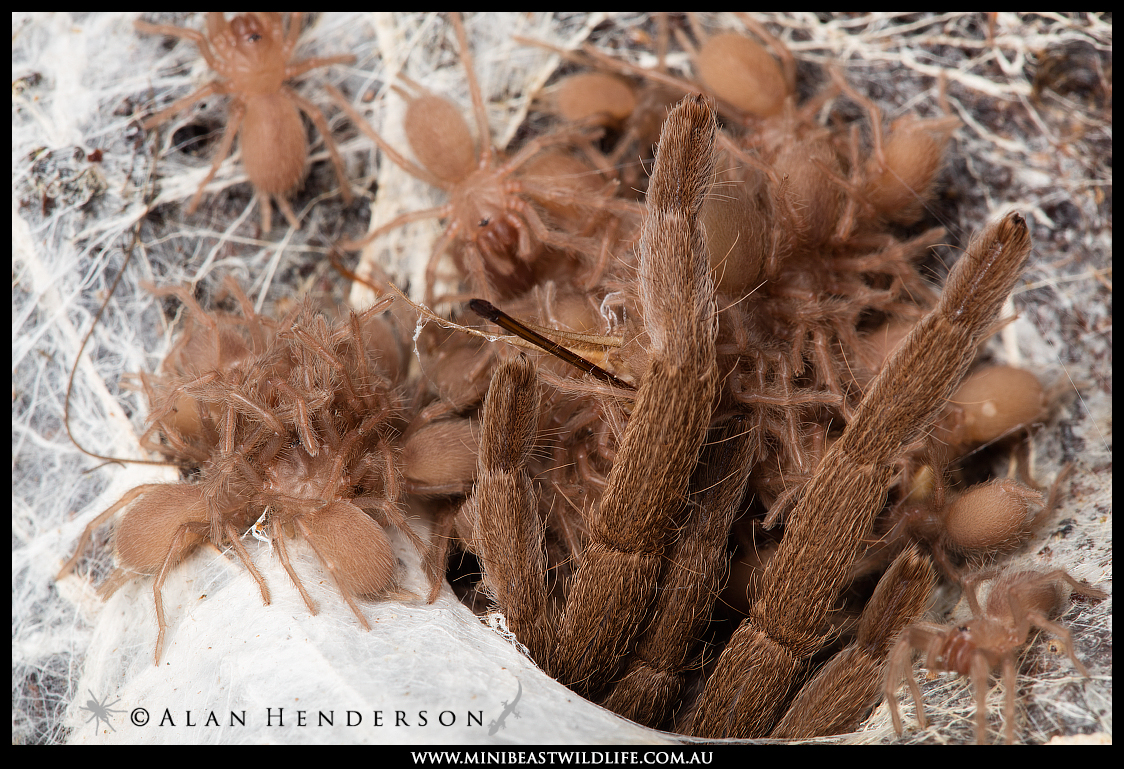
The Semi-social Pygmy Tarantula (Coremiocnemis sp.) is a fascinating tarantula local to the Cairns region of Far North Queensland. Inhabitants of tropical rainforests, while they
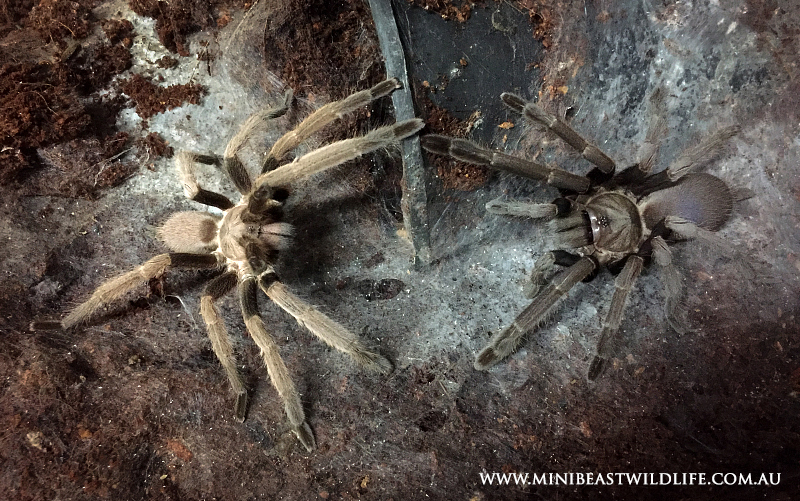
It’s that time of year again at Minibeast Wildlife when we are pairing up many of our spiders, particularly our tarantulas. In the wild from
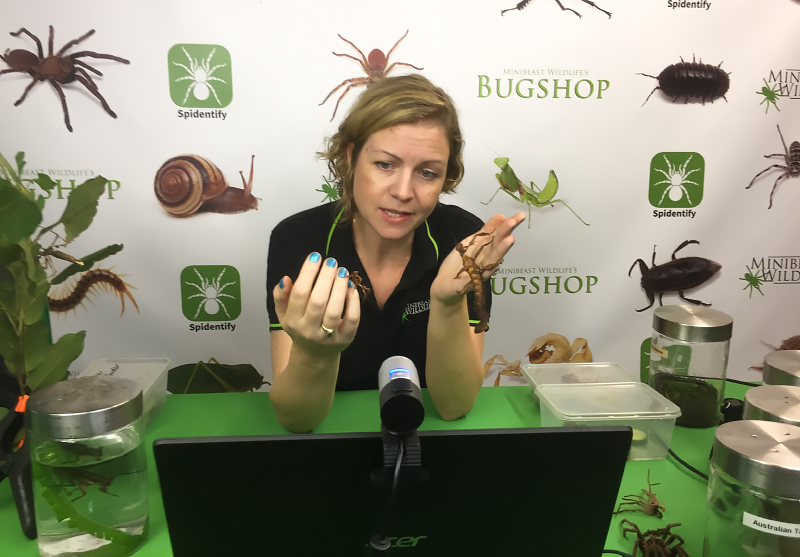
Due to the current Covid-19 pandemic, we have obviously had to suspend our physical incursion to schools in both Victoria and Queensland. In response to